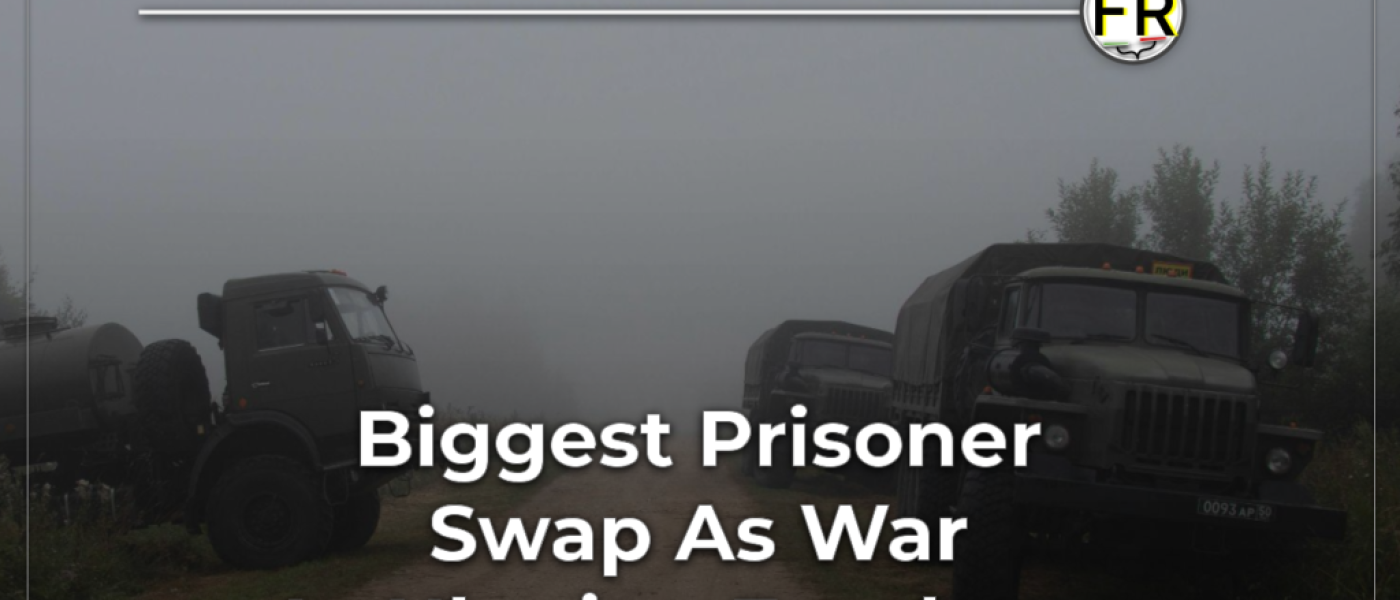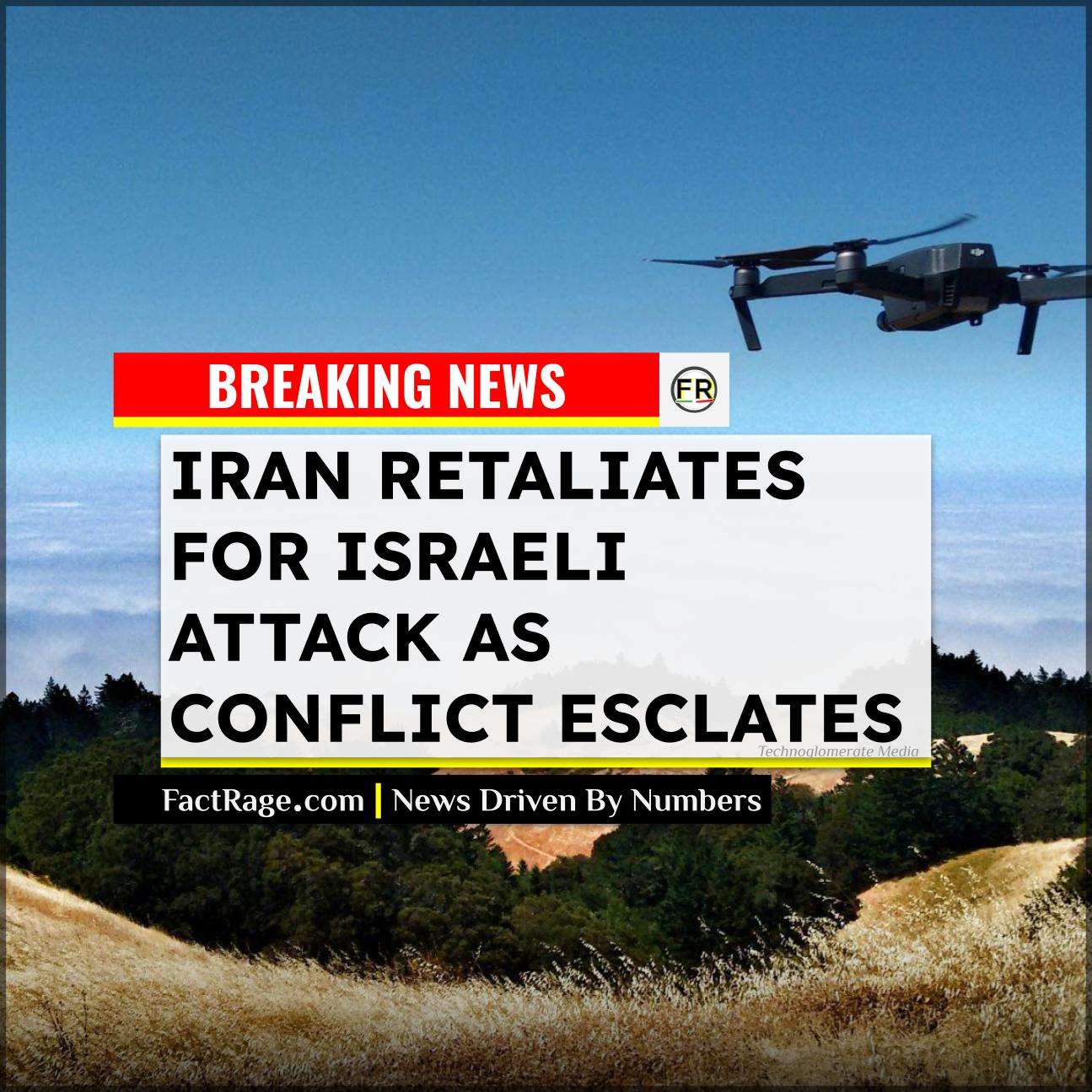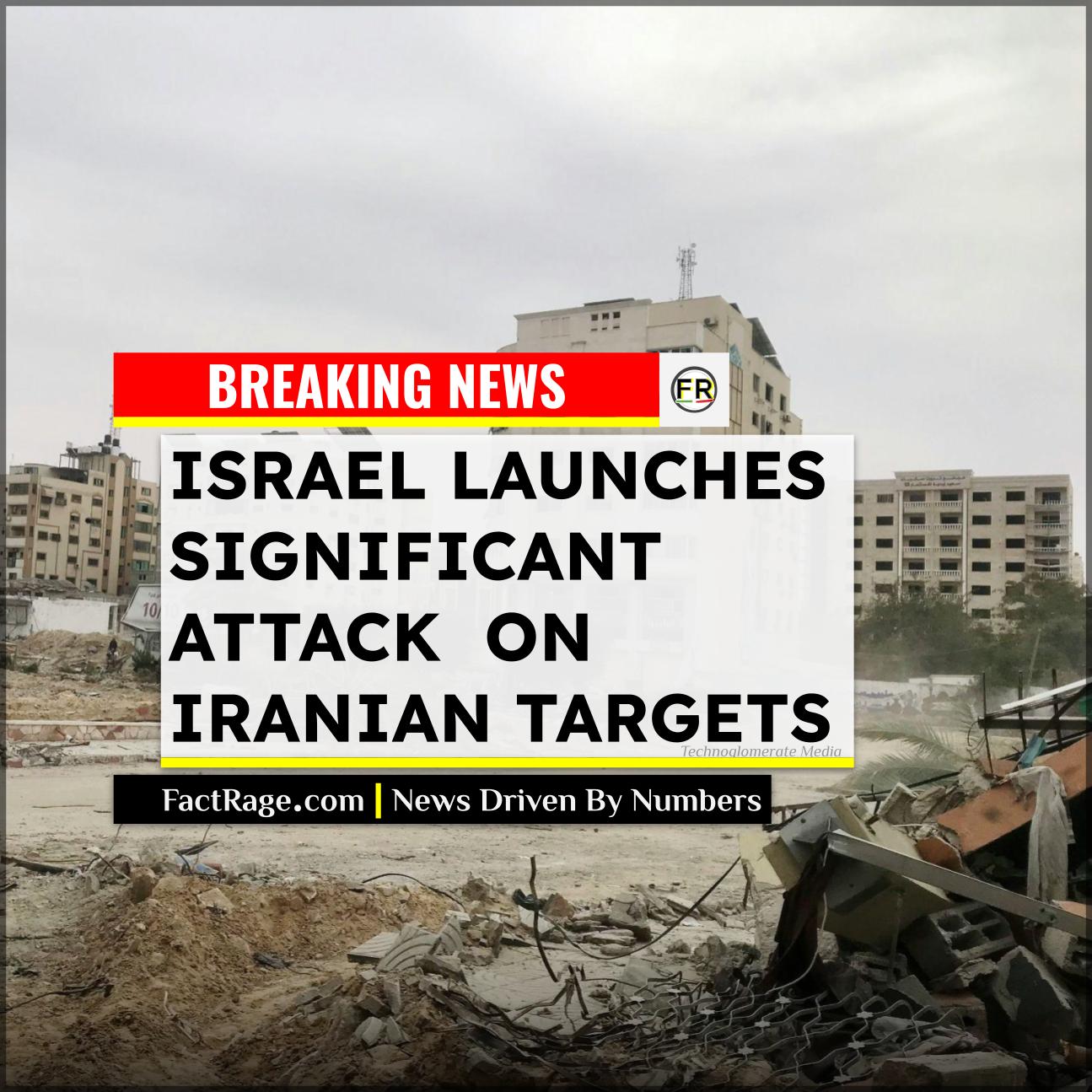KYIV/MOSCOW – A large-scale prisoner exchange between Russia and Ukraine, involving hundreds of individuals from both sides, is actively underway, marking a significant, albeit fragile, moment of cooperation amidst intensifying hostilities. This swap, which saw a phase on Friday and continued Saturday with 307 individuals returned to each nation, is part of a broader “1,000-for-1,000” exchange agreement hammered out during recent talks in Istanbul.
- Historic Exchange Underway: Russia and Ukraine are in the midst of a multi-day, large-scale prisoner swap, with 697 individuals already returned to Ukraine and similar numbers to Russia, as part of a “1,000-for-1,000” agreement.
- War Continues Unabated: Despite the humanitarian exchange, intense fighting persists across the front lines, with Russia continuing offensives in Donetsk and fierce aerial attacks on Ukrainian cities, while Ukraine reports increased executions of POWs.
- Ceasefire Talks Stalled: Recent direct negotiations in Istanbul facilitated the prisoner swap but failed to achieve a broader ceasefire, with both sides holding firm on their conditions for a lasting peace.
The Ongoing Exchange: A Glimmer of Cooperation
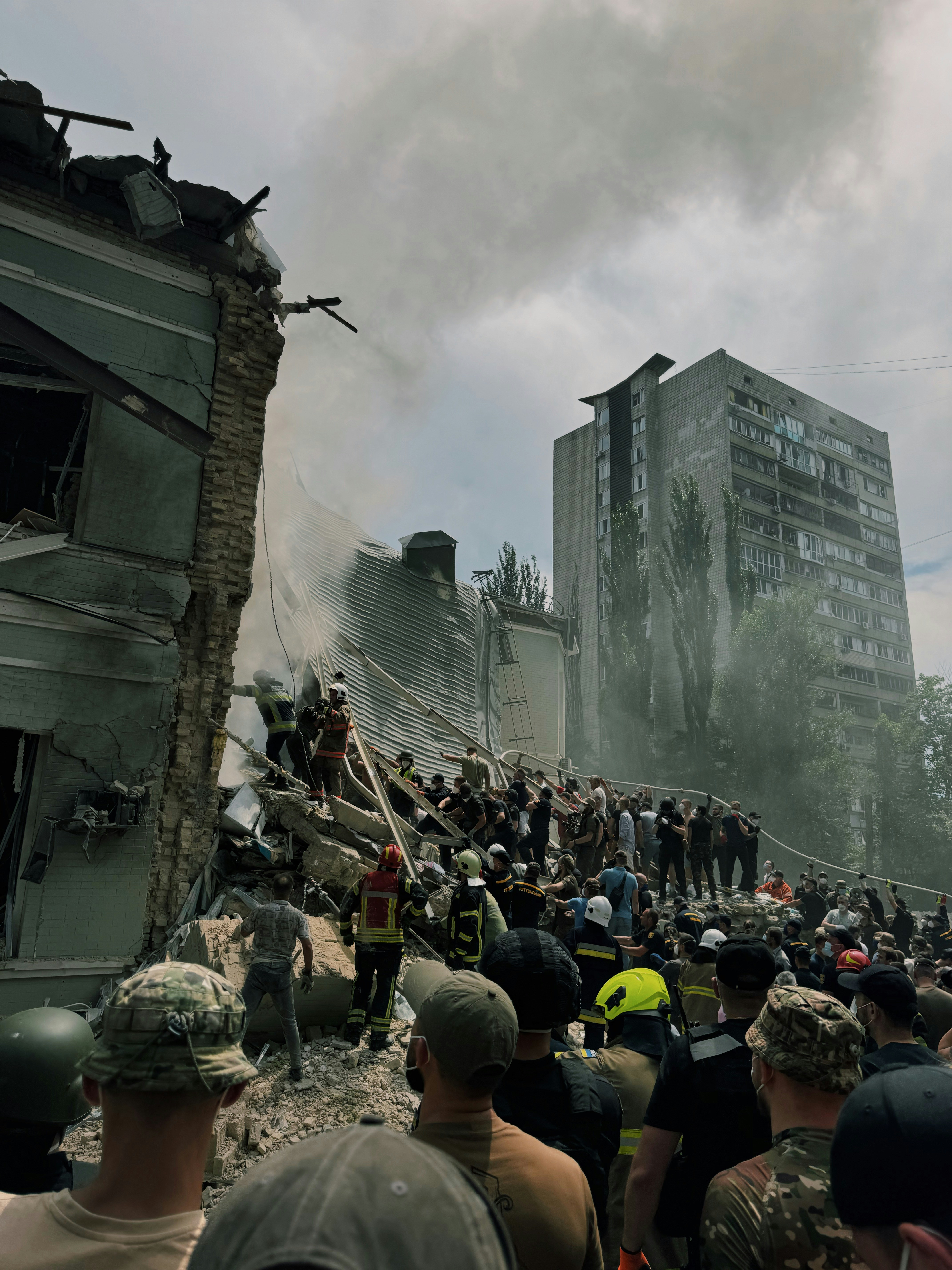
The prisoner swap, considered the largest since the full-scale invasion began in 2022, is designed to bring home a total of 1,000 captives from each side. On Friday, 390 prisoners were exchanged by each side (270 military personnel and 120 civilians). On Saturday, an additional 307 Ukrainian defenders returned home, with Russia confirming the return of 307 of its servicemen. Ukrainian President Volodymyr Zelenskyy confirmed the latest returns, stating, “In just these two days, 697 people have already been returned. Tomorrow we expect more.” The exchange includes personnel from the Ukrainian Armed Forces, State Border Guard Service, and National Guard. Russian servicemen are reportedly being cared for in Belarus before their return to Russia.
War Continues to Rage
Despite the prisoner exchange, the conflict on the ground remains brutal. Russia has continued its offensive operations, particularly in Donetsk Oblast, threatening the Ukrainian pocket around Toretsk. Intense fighting has also been reported northeast of Kharkiv City near Vovchansk and in the Chasiv Yar direction.
Kyiv experienced a “difficult night” leading up to Saturday’s exchange, with a massive Russian drone and missile attack injuring at least 15 people and damaging residential buildings and a shopping mall. Ukraine reported shooting down 245 drones and 6 ballistic missiles out of 250 drones and 14 ballistic missiles launched by Russia. Russia, in turn, claimed to have downed over 100 Ukrainian drones targeting its own territory, including the Belgorod region.
Reports of Russian forces executing Ukrainian prisoners of war on the battlefield have sharply increased throughout 2024 and 2025, according to the Institute for the Study of War.
Ceasefire Talks Remain Elusive
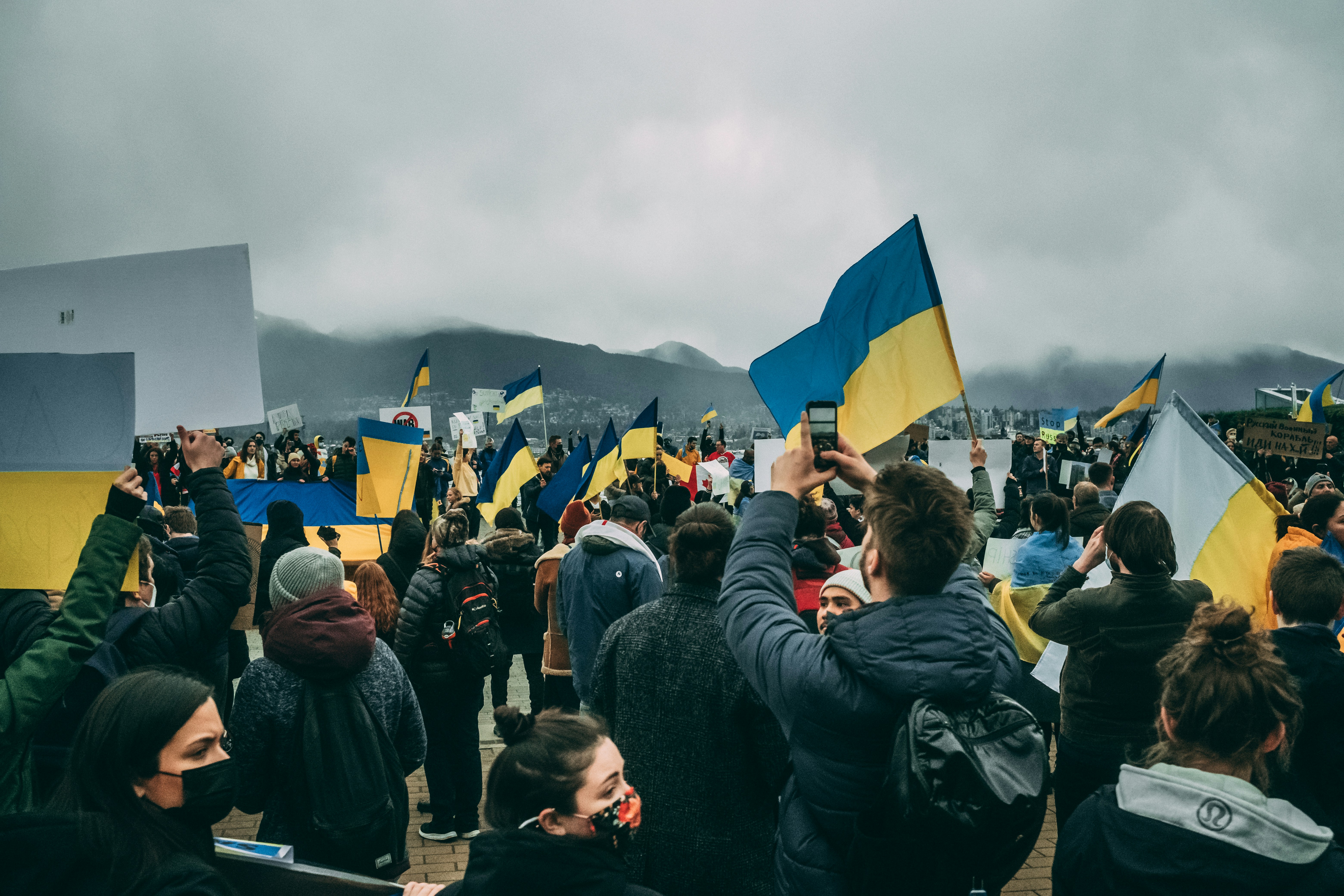
The recent Istanbul talks, which led to the prisoner exchange agreement, were the first direct negotiations between Russia and Ukraine since the early weeks of the war in 2022. However, they lasted only two hours and did not yield a broader ceasefire agreement. While the prisoner swap is seen as a confidence-building measure, no “peace memorandum” has been sent by Moscow, according to Ukrainian Foreign Minister Andrii Sybiha.
Russian Foreign Minister Sergei Lavrov has stated that any future peace agreement must include conditions preventing the election and establishment of future pro-Western governments in Ukraine. Russian officials have also indicated that Moscow will present its terms for a peace settlement once the ongoing prisoner exchange is complete. Ukraine has maintained that it would accept an immediate 30-day ceasefire, but Russia has not agreed to this without conditions. The Group of Seven nations have threatened further sanctions on Russia if it fails to agree to a ceasefire.
Why Such a Significant Swap Now?
The scale of this exchange is notable, representing one of the largest since the war began. Prisoner exchanges have become one of the few enduring areas of direct cooperation between the warring nations. Experts suggest that such large-scale swaps, while not indicative of an imminent ceasefire, highlight established communication channels and a degree of trust between officials to facilitate humanitarian efforts. Pressure from international partners, including the United States, may also contribute to Russia’s willingness to engage in such exchanges, potentially as a show of “reasonableness” or to gain leverage. For Ukraine, securing the return of its captured personnel remains a paramount humanitarian and national priority.

